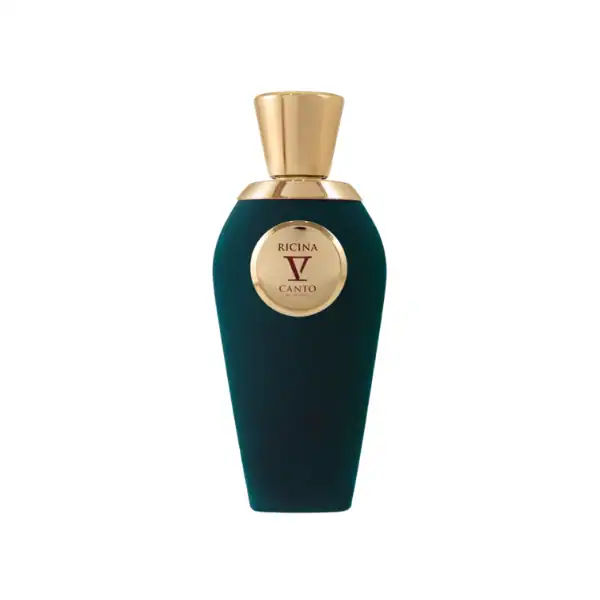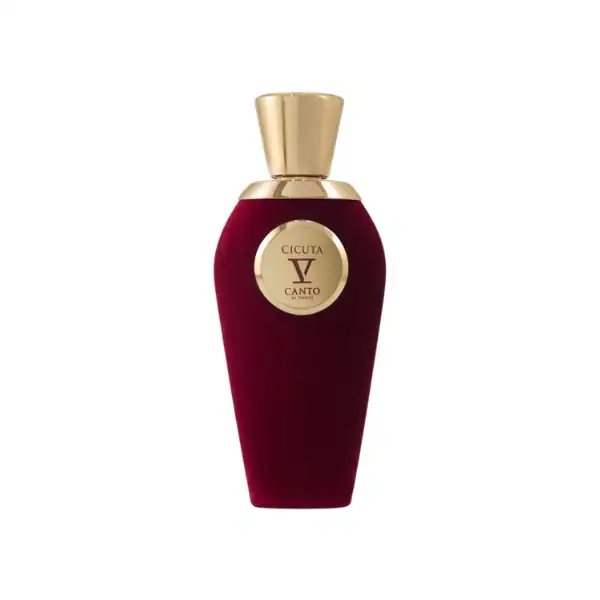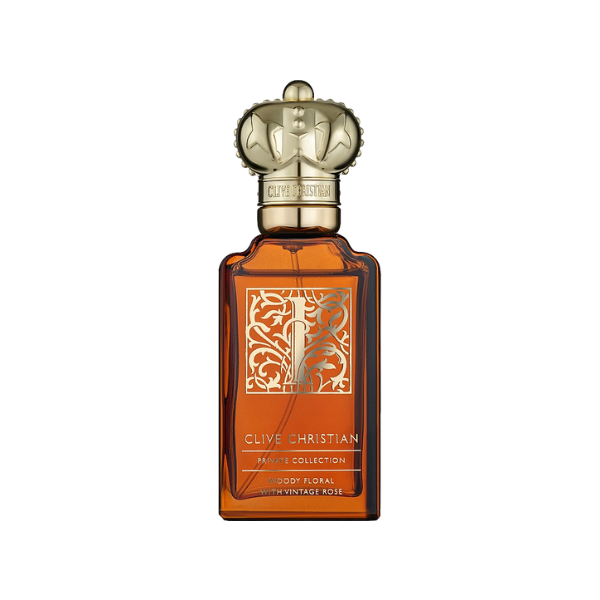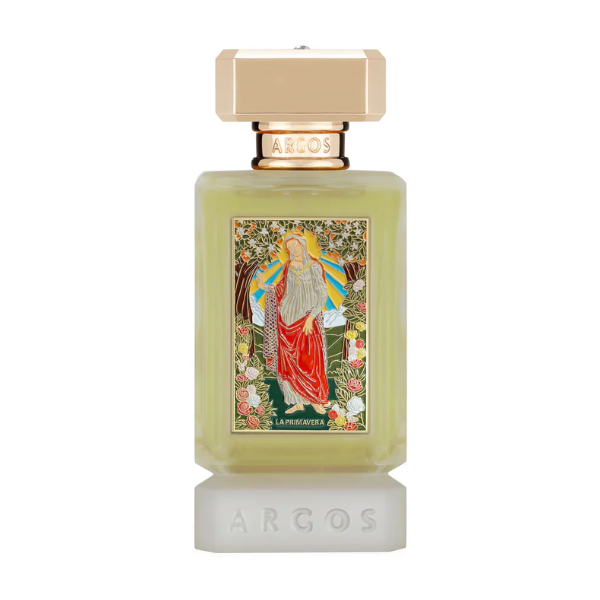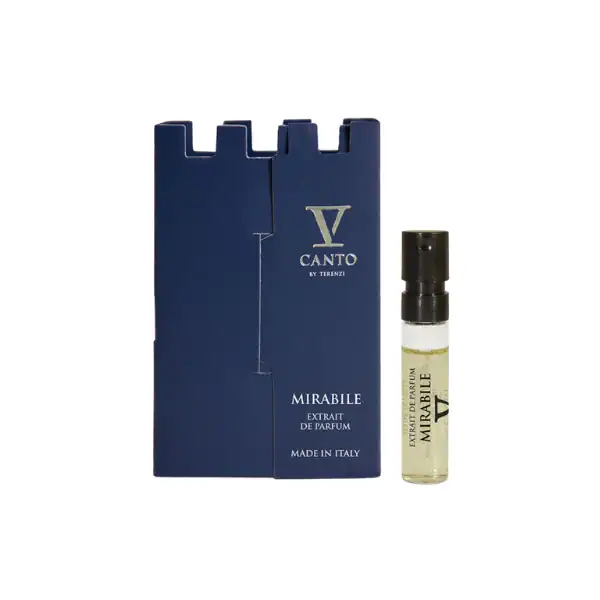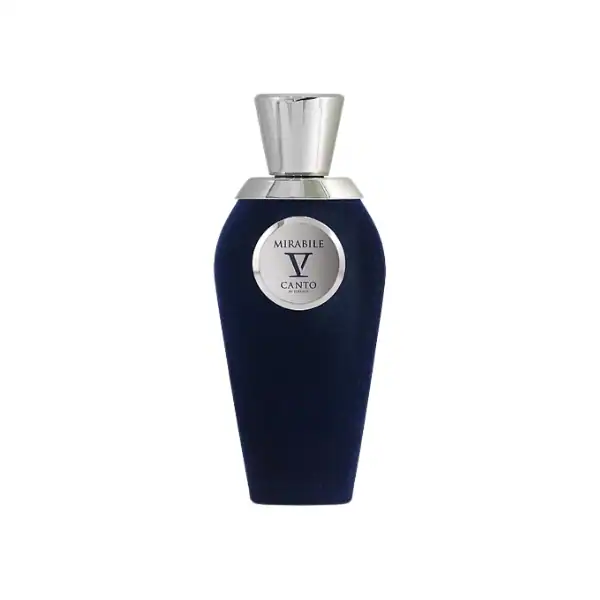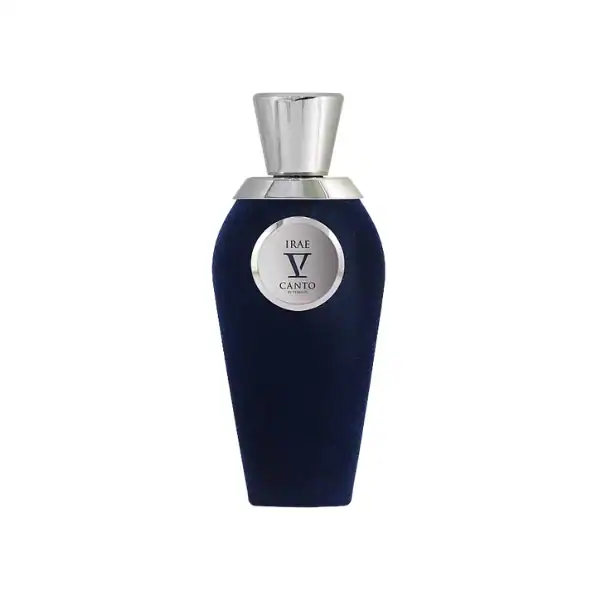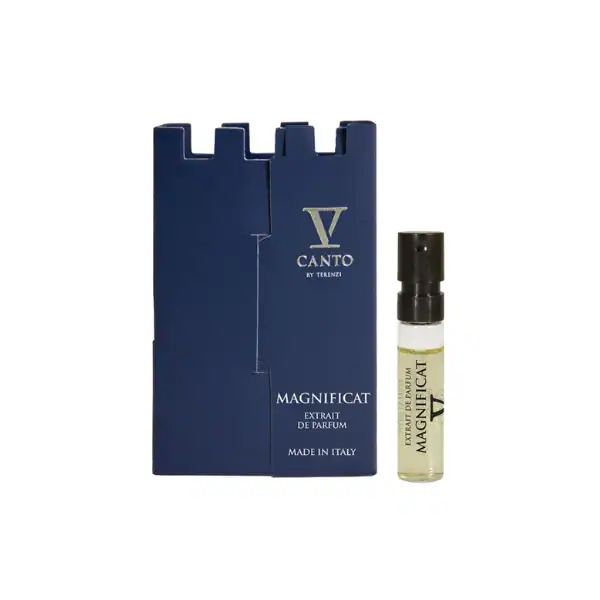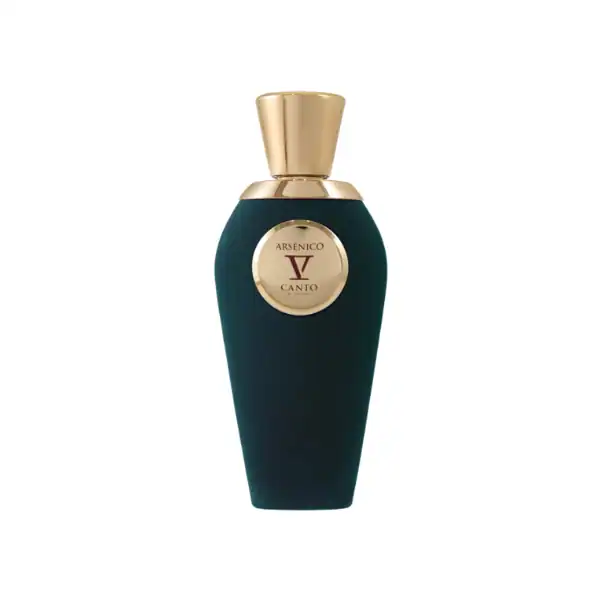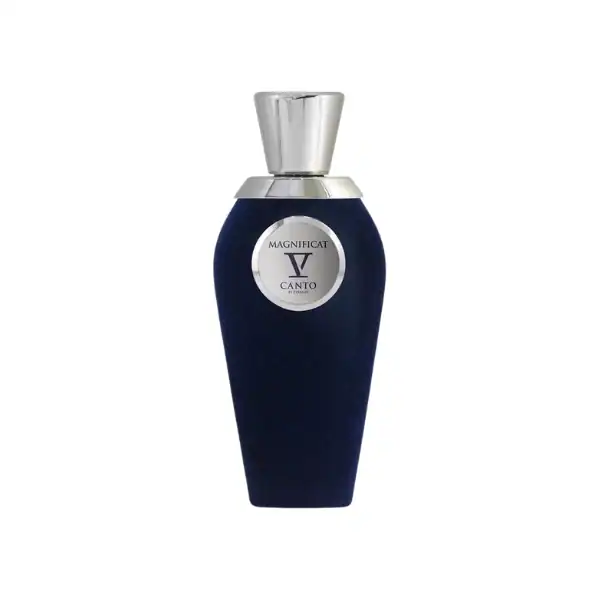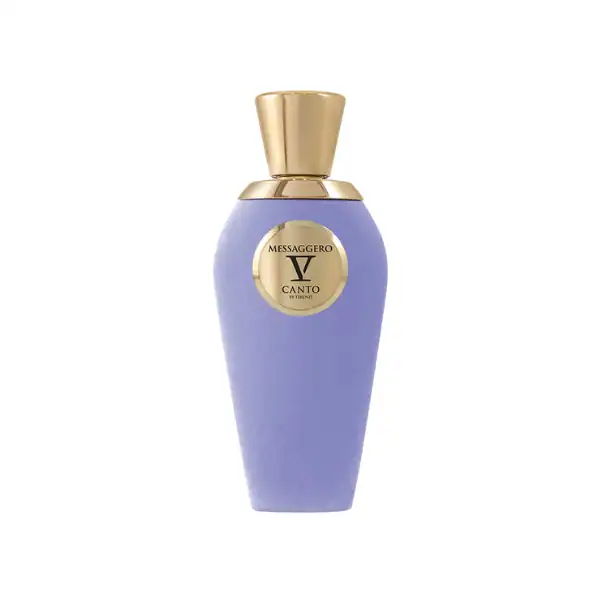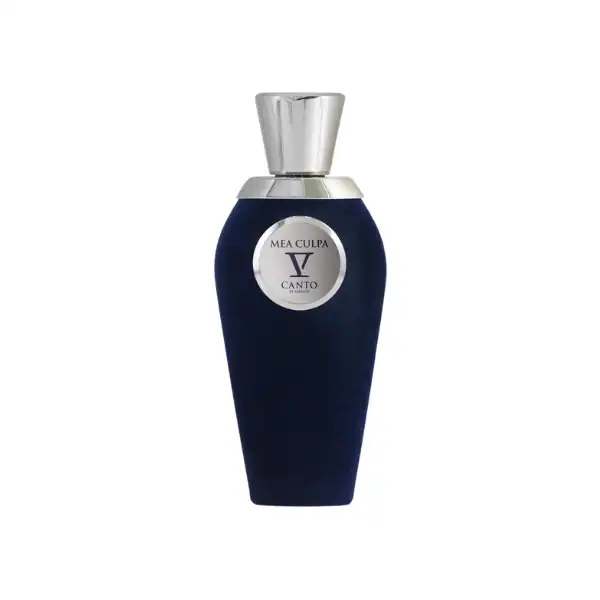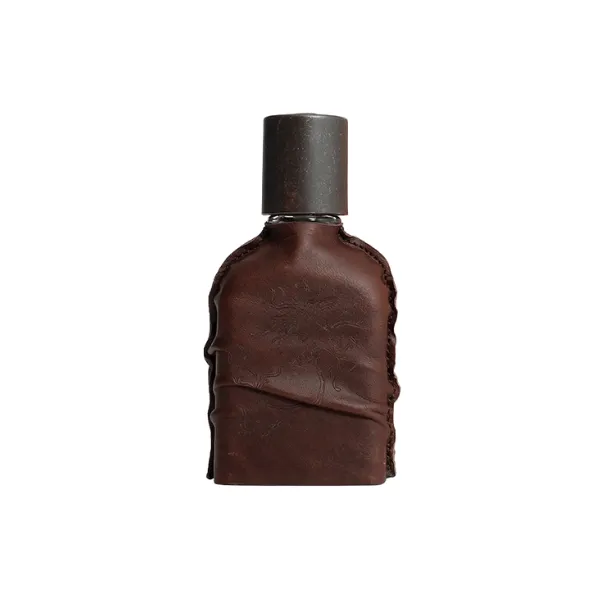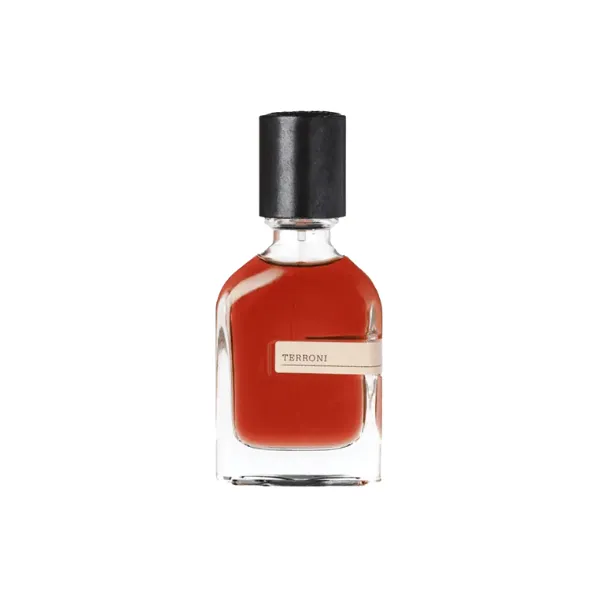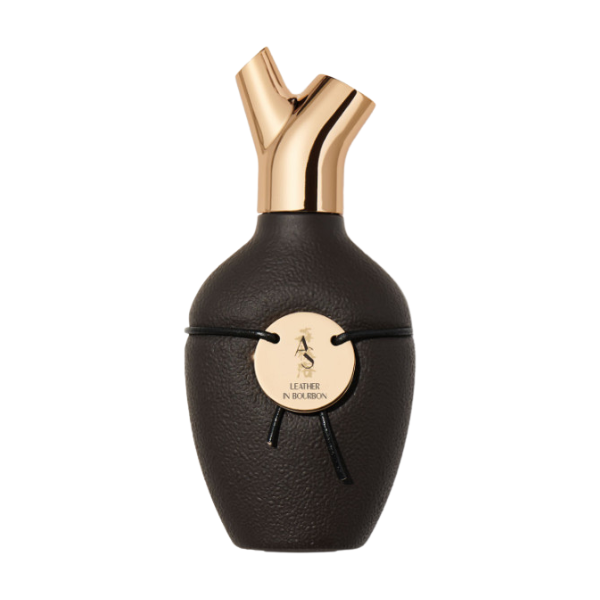The 7 Olfactory Families of the Perfume Universe
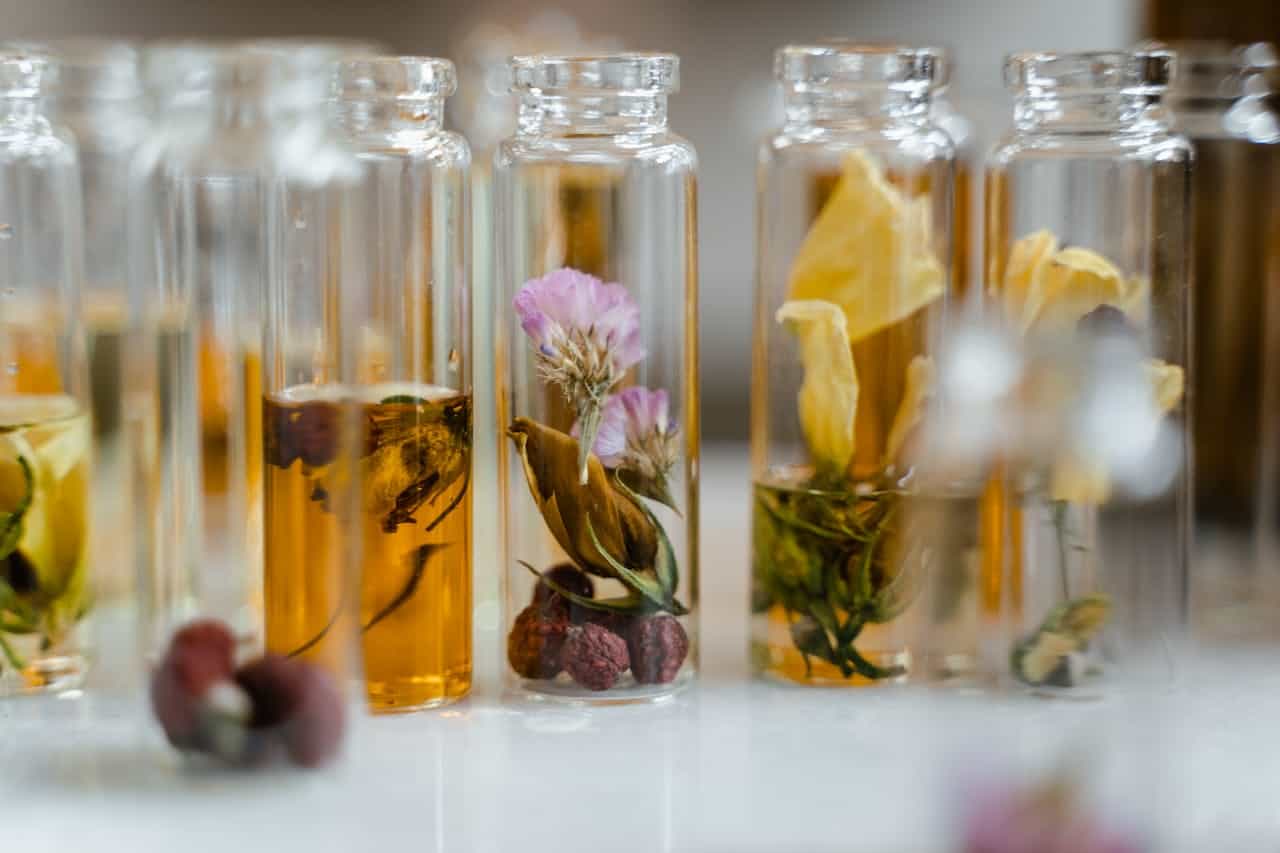
Have you ever been put on the spot at a fancy dinner party and asked how you would describe the Chardonnay that was just poured into your glass? You may have stumbled over your words at first and said something along the lines of “fruity, tart, fresh” because these and other words are, in fact, used by vintners and connoisseurs to describe and categorise wine. This is no different in the perfume world. Traditional perfumery has its own language when classifying fragrances, which are categorised into 7 different olfactory families.
Not to bore you with loads of history bits but just so you know, many perfume families and classifications were created in the 20th century but the one that we know of today was put together by the Société Française des Parfumeurs (SFP) in 1984. The purpose of classifying fragrances is to, firstly, bring some order to the creative world of a perfumer. Secondly and most importantly for consumers, it is a guide for us, perfume-lovers, when choosing perfumes that can sometimes cost a whole month’s rent. You want to be sure that you actually LIKE the perfume you are investing in.
It is therefore helpful and important that perfume-lovers know these olfactory families as they will help narrow down one’s choices. After all, every year we see hundreds of new perfumes being brought out, flooding the market and adding to our many many choices everyday.
Almost forty years after the SFP’s classification of fragrances into 7 olfactory families, some may want to debate the standard classification set by them because, admittedly, perfumes are more complex and sophisticated these days. However, if you are just learning all about perfumes, knowing the 7 olfactory families is a pretty good place to start as part of your own Perfume 101. So, here is a quick overview:
The Citrus Olfactory Family
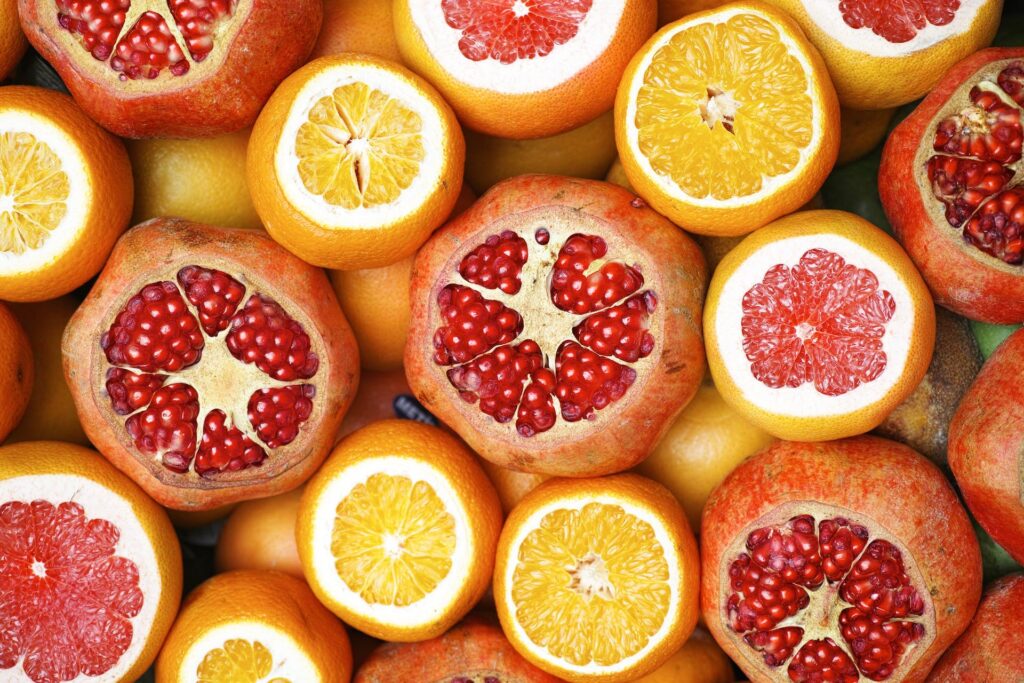
Scents belonging to this family are easy to identify for obvious reasons and some of them have been around for a long time. Case in point is the first Eau de Cologne, which was created in Italy in the 16th century.
As the name of this olfactory family indicates, perfumes in this family are citrus-based. They are notable for their fresh, vibrant, acidic and sunny characteristics, thanks to hesperides. These are essential oils won from the zest of fruits like, orange, lemon, grapefruit, mandarin, yuzu and bergamot – just to name a few. In perfumes, citrus notes are mostly top notes because they are volatile and will become undetectable after a few minutes.
However, there are also perfumes out there with beautifully blended citrus notes and notes from other olfactory families, creating an all-around fresh scent perfect for the summer. Prime examples are Yuzu by Acqua di Parma and the classic CK One. Here are some other citrus fragrances:
-
Product on sale
 V Canto Ricina Extrait de ParfumOriginal price was: kr3.609,47.kr1.848,49Current price is: kr1.848,49.
V Canto Ricina Extrait de ParfumOriginal price was: kr3.609,47.kr1.848,49Current price is: kr1.848,49. -
Product on sale
 V Canto Cicuta Extrait de Parfumkr1.192,22 kr1.301,60Price range: kr1.192,22 through kr1.301,60
V Canto Cicuta Extrait de Parfumkr1.192,22 kr1.301,60Price range: kr1.192,22 through kr1.301,60 -
Product on sale
 Clive Christian Private Collection I Woody Floral Extrait de ParfumOriginal price was: kr4.375,12.kr2.132,87Current price is: kr2.132,87.
Clive Christian Private Collection I Woody Floral Extrait de ParfumOriginal price was: kr4.375,12.kr2.132,87Current price is: kr2.132,87.
The Floral Olfactory Family
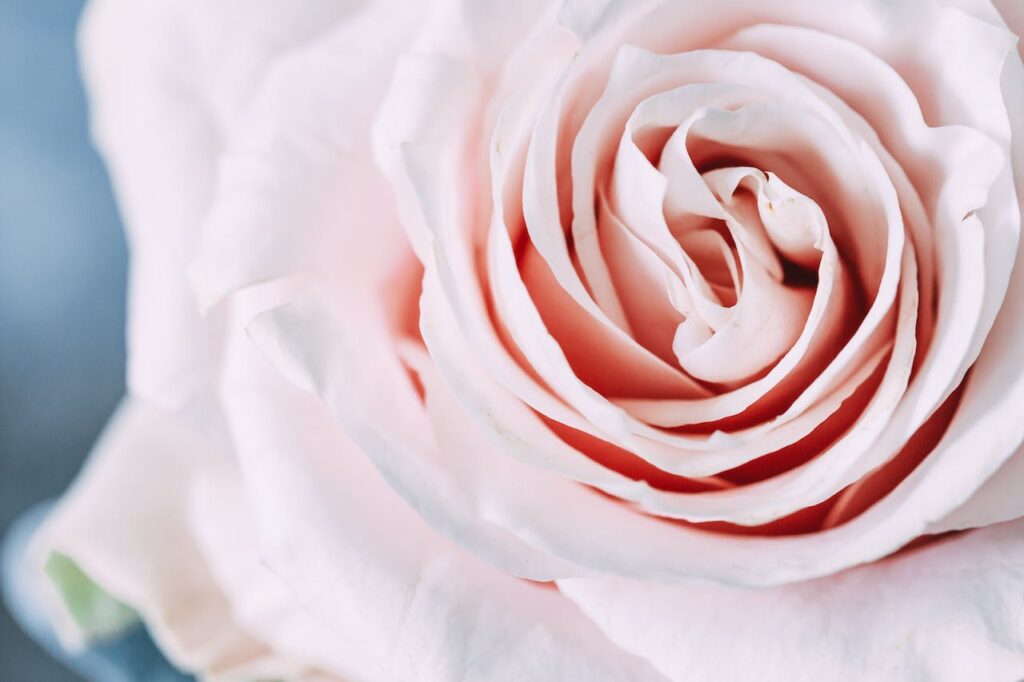
This olfactory family is probably one of the largest and oldest in perfume history. It is for that reason that perfumers are always highly motivated to be extra creative and innovative, hoping to create a perfume that is complex, captivating and unique with a mass appeal.
As the name indicates, a flower or a bouquet of flowers are the common denominator of perfumes in this classification. When creating a floral perfume, perfumers create accords around white florals (jasmine, orange blossoms, tuberose or iris) or powdery florals like violets or the queen of florals, the rose.
The floral family is commonly associated with femininity but some men’s perfumes these days have also included floral notes in them in combination with more aromatic notes, making them more interesting and appealing especially to a younger crowd. Some beloved designer perfumes that lean heavily on floral notes are Gucci Bloom and L’Air du Temps by Nina Ricci. For the best floral niche perfumes, see below:
-
Product on sale
 V Canto Ricina Extrait de ParfumOriginal price was: kr3.609,47.kr1.848,49Current price is: kr1.848,49.
V Canto Ricina Extrait de ParfumOriginal price was: kr3.609,47.kr1.848,49Current price is: kr1.848,49. -
Product on sale
 Orto Parisi Seminalis Eau de ParfumOriginal price was: kr1.695,36.kr1.345,35Current price is: kr1.345,35.
Orto Parisi Seminalis Eau de ParfumOriginal price was: kr1.695,36.kr1.345,35Current price is: kr1.345,35. -
Product on sale
 Argos La Primavera Extrait de Parfumkr1.804,74 kr2.176,62Price range: kr1.804,74 through kr2.176,62
Argos La Primavera Extrait de Parfumkr1.804,74 kr2.176,62Price range: kr1.804,74 through kr2.176,62
The Chypre Olfactory Family

This is an interesting one! This recent olfactory family does not derive its name and classification from something in nature per se like most of the others on this list. In fact, this classification takes its name from a fragrance that was created in 1917 by Corsican perfumer François Coty. The perfume Chypre was so successful that a whole new olfactory family needed to be created around it to easily and appropriately classify fragrances with the same accord.
The chypre accord traditionally includes bergamot, rose, jasmine, cistus, patchouli and oakmoss. Nowadays, some perfumers take some creative liberty and may include fruity, other floral and oriental notes as well. Either way, the chypre family can be difficult to describe when one has not really dabbled much in the world of perfume. Some words that could come to mind when describing this olfactory family would be: autumnal, mossy, a humid forest and sharp. If that still does not ring a bell, make sure to peruse perfumes like Diptyque Orphéon or Clinique Aromatics Elixir and we are sure you will get the appeal of why the original Chypre was such a hit back in the day.
The Aromatic Fougére Olfactory Family
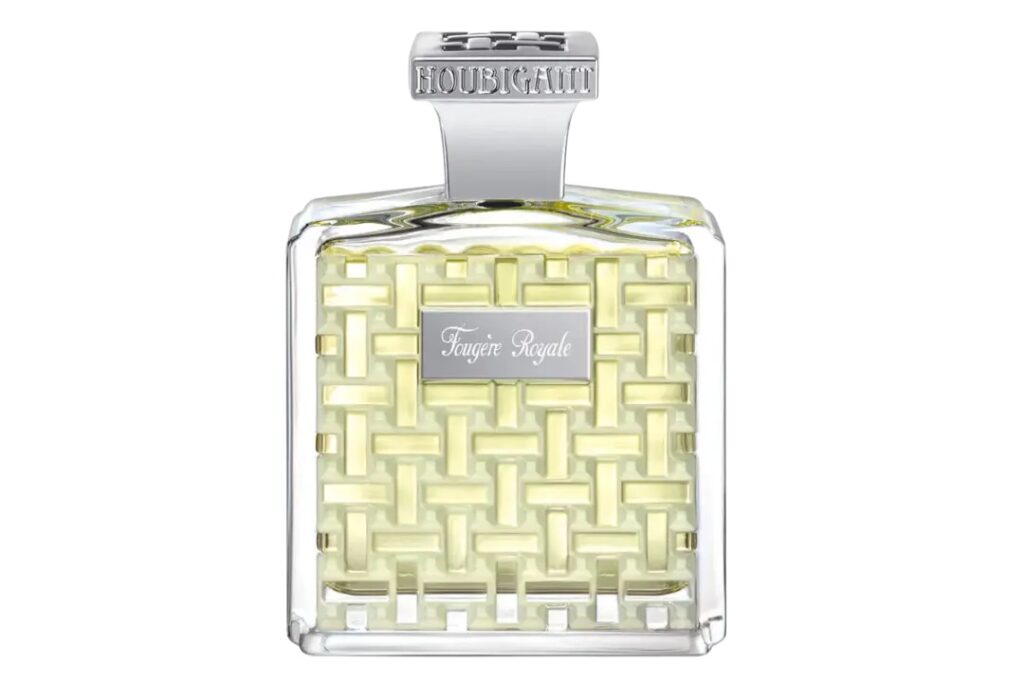
If this family were a colour, it would be green. After all, some people call this family the fern family but before you think this is named after the smell of a real-life fern, think again.
Yes, this olfactory family is made of a fantasy because real ferns do not smell like the fern accords of this family at all. The name of this family comes from a rather famous perfume from 1882, the Fougère royale. This revolutionary perfume created quite a stir and so just like Chypre, a whole olfactory family emerged as a result.
The traditional fern accord is generally made around an aromatic top note with thyme and rosemary, lavender and a floral heart with geranium, and a more woody and vanilla base note with coumarin and oakmoss. These days, some fern accords are considerably lighter and fresher. Some lovely examples are Solo by Loewe and Eau Illuminee by Parfums DelRae.
-
Product on sale
 V Canto Mirabile Extrait de Parfum – SampleOriginal price was: kr65,52.kr61,14Current price is: kr61,14.
V Canto Mirabile Extrait de Parfum – SampleOriginal price was: kr65,52.kr61,14Current price is: kr61,14. -
Product on sale
 V Canto Mirabile Extrait de ParfumOriginal price was: kr2.078,18.kr1.192,22Current price is: kr1.192,22.
V Canto Mirabile Extrait de ParfumOriginal price was: kr2.078,18.kr1.192,22Current price is: kr1.192,22. -
Product on sale
 V Canto Irae Extrait de Parfumkr1.082,84 kr1.192,22Price range: kr1.082,84 through kr1.192,22
V Canto Irae Extrait de Parfumkr1.082,84 kr1.192,22Price range: kr1.082,84 through kr1.192,22
The Woody Olfactory Family

Smoky, sensual or even opulent. These are just some of the words used to describe the many notes that belong to this family. The notes in this family can be further roughly divided into two groups with sandalwood and cedar, making up the odoriferous woods group; and vetiver and patchouli making up the leaves group.
Notice how you have seen these notes at the base of most of the perfumes you are wearing? That is no coincidence. Perfumers use these woody notes as the backbone, upon which other notes are then built.
Notes in this family used to be commonly used to create men’s perfumes only but as time went on, perfumers realised that blending woody notes with floral and fruity notes can create extremely feminine as well as appealing androgynous scents. Some brilliantly-blended woody notes can be perused in perfumes like Maison Margiela’s By The Fireplace and the beloved Baccarat Rouge 540 by Maison Francis Kurkdjian.
-
Product on sale
 V Canto Magnificat Extrait de Parfum – SampleOriginal price was: kr65,52.kr61,14Current price is: kr61,14.
V Canto Magnificat Extrait de Parfum – SampleOriginal price was: kr65,52.kr61,14Current price is: kr61,14. -
Product on sale
 V Canto Arsenico Extrait de Parfumkr1.739,11 kr1.848,49Price range: kr1.739,11 through kr1.848,49
V Canto Arsenico Extrait de Parfumkr1.739,11 kr1.848,49Price range: kr1.739,11 through kr1.848,49 -
Product on sale
 V Canto Magnificat Extrait de Parfumkr1.082,84 kr1.192,22Price range: kr1.082,84 through kr1.192,22
V Canto Magnificat Extrait de Parfumkr1.082,84 kr1.192,22Price range: kr1.082,84 through kr1.192,22
The Amber Olfactory Family

Some call this olfactory family “oriental” but “amber” just sounds so much better and immediately conveys what this family is all about: warmth and sensuality.
In the past, the main ingredient that made the existence of amber notes possible was ambergris. For the uninitiated, ambergris is a waxy, solid but flammable substance that is produced in the digestive system of sperm whales. This raw material is rare and the sweet scent it produces in its more aged state can now be easily replaced by the synthetic called ambroxide, making ambery fragrances, in a sense, more accessible for the masses.
People who love ambery perfumes would commonly describe them as sweet, powdery and even spicy. This is no surprise at all as the amber note itself is a combination of vanilla, labdanum and opoponax.
Other common notes in ambery perfumes are cinnamon, myrrh, incense, benzoin and oud. As you may have noticed, all these notes are commonly found at the base of perfumes because they are intense, durable and incredibly nuanced. Some fan favourites from this olfactory family are Yves Saint Laurent’s Opium and Montale’s Amber Musk.
-
Product on sale
 V Canto Messaggero Extrait de Parfumkr1.739,11 kr1.848,49Price range: kr1.739,11 through kr1.848,49
V Canto Messaggero Extrait de Parfumkr1.739,11 kr1.848,49Price range: kr1.739,11 through kr1.848,49 -
Product on sale
 V Canto Magnificat Extrait de Parfum – SampleOriginal price was: kr65,52.kr61,14Current price is: kr61,14.
V Canto Magnificat Extrait de Parfum – SampleOriginal price was: kr65,52.kr61,14Current price is: kr61,14. -
Product on sale
 V Canto Mea Culpa Extrait de ParfumOriginal price was: kr2.078,18.kr1.192,22Current price is: kr1.192,22.
V Canto Mea Culpa Extrait de ParfumOriginal price was: kr2.078,18.kr1.192,22Current price is: kr1.192,22.
The Leather Olfactory Family
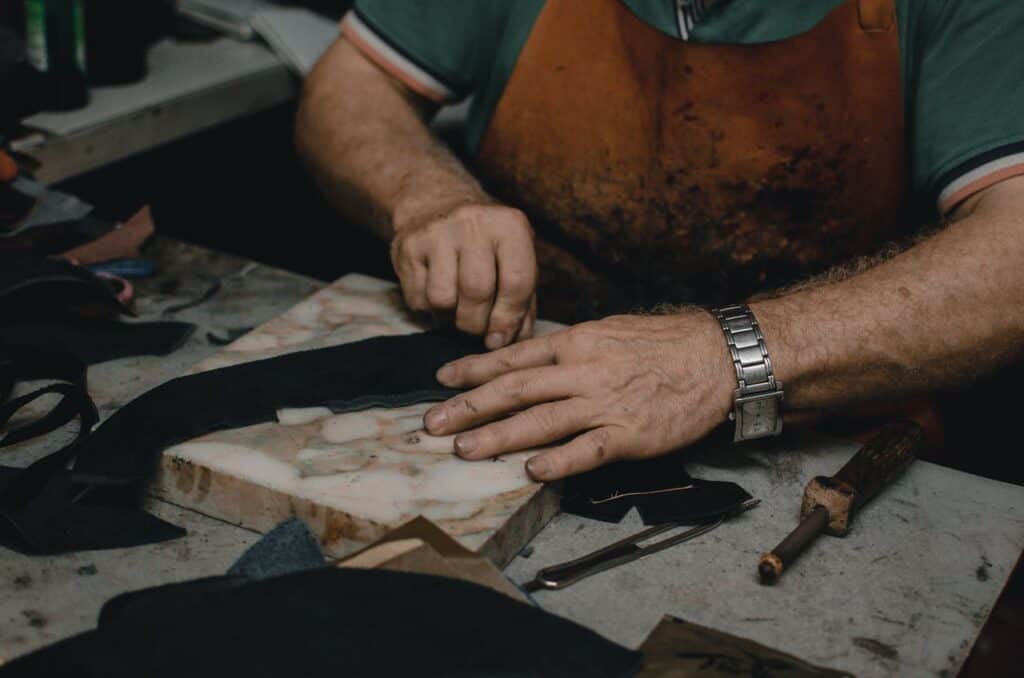
The origins of this olfactory family are not as sexy as the notes that will later belong to it. Leather glove makers in the early days realised that they needed something to mask the unpleasant odours of ammonia that emanated from their new leather products. Introducing…perfumes. The perfumes used by the glove makers created pleasant fragrances with smoky, woody, resinous and honey notes that became desirable amongst perfume lovers.
Fast-forward to the present day and contrary to what some people might believe, perfumers do not really use leather as an ingredient in leather-heavy perfumes. No, this family is proudly vegan as perfumers go on to use synthetics to imitate that beloved used leather smell that they will then combine with other notes to create iconic perfumes. Some of their creations can lean floral, some are instantly recognisable by their tobacco note with a hint of hay, honey and wood and some are downright spicy that feature more aldehydic notes. These are the best niche leather fragrances.
-
Product on sale
 Orto Parisi Cuoium Eau de ParfumOriginal price was: kr1.695,36.kr1.345,35Current price is: kr1.345,35.
Orto Parisi Cuoium Eau de ParfumOriginal price was: kr1.695,36.kr1.345,35Current price is: kr1.345,35. -
Product on sale
 Orto Parisi Terroni Eau de ParfumOriginal price was: kr1.695,36.kr1.345,35Current price is: kr1.345,35.
Orto Parisi Terroni Eau de ParfumOriginal price was: kr1.695,36.kr1.345,35Current price is: kr1.345,35. -
Product on sale
 Scents of Wood Leather in Bourbon Eau de ParfumOriginal price was: kr2.625,07.kr1.957,86Current price is: kr1.957,86.
Scents of Wood Leather in Bourbon Eau de ParfumOriginal price was: kr2.625,07.kr1.957,86Current price is: kr1.957,86.
Either way, this olfactory family deserves more love than it often gets – a reason why some brands are working hard to entice us with leathery goodness in perfumes such as Byredo’s Bibliotheque or Rose & Cuir by Frederic Malle.
And there you go! Let this list be your guiding beacon as you go through your perfume journey. It is a wonderfully colourful, insightful and educational journey at that. Just when you think you have learned enough, there is always more to learn about. Take for example our own article on the Perfume Olfactory Pyramid. This article excellently explains how a perfume is structured when perfumers create them. It also visually shows you the life cycle of a fragrance, demonstrating the volatility but also vividness of top notes, the role heart notes play when bridging the top notes with the more lasting base notes, which are the notes that last the longest and tend to be rich, heavy and grounded. Happy learning, perfume-lovers!


